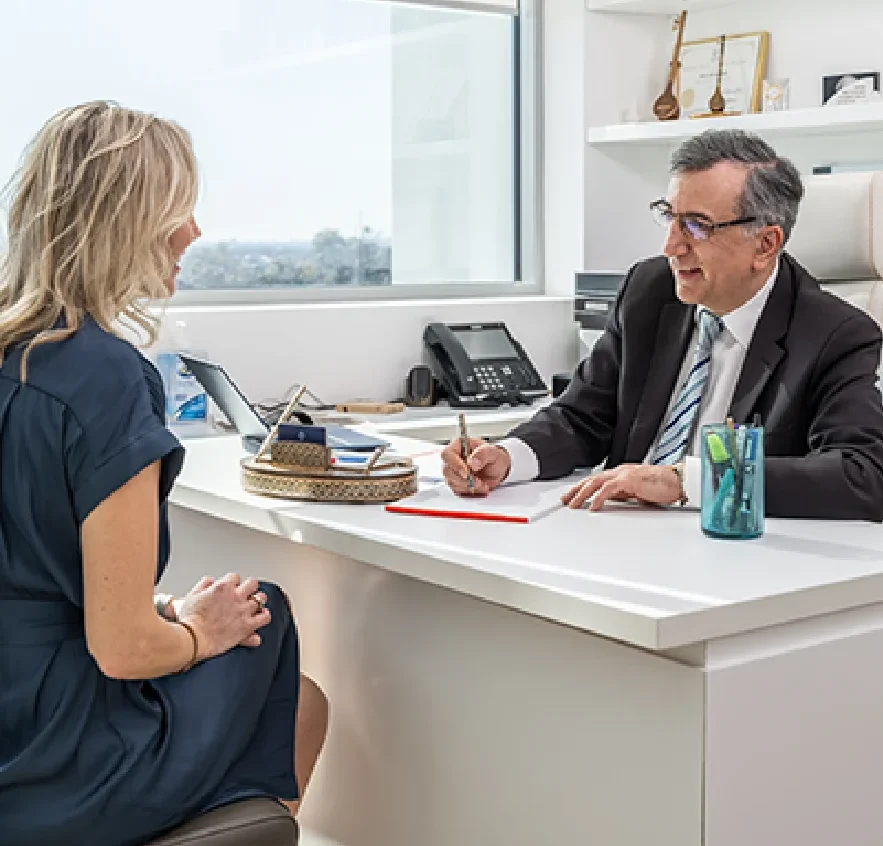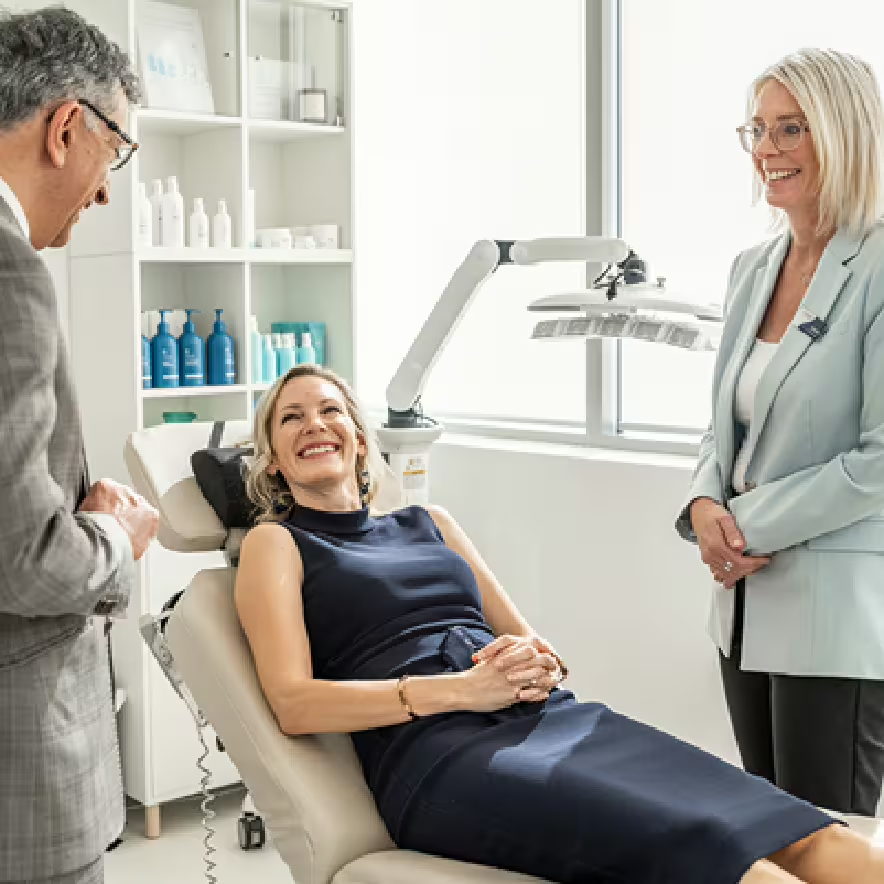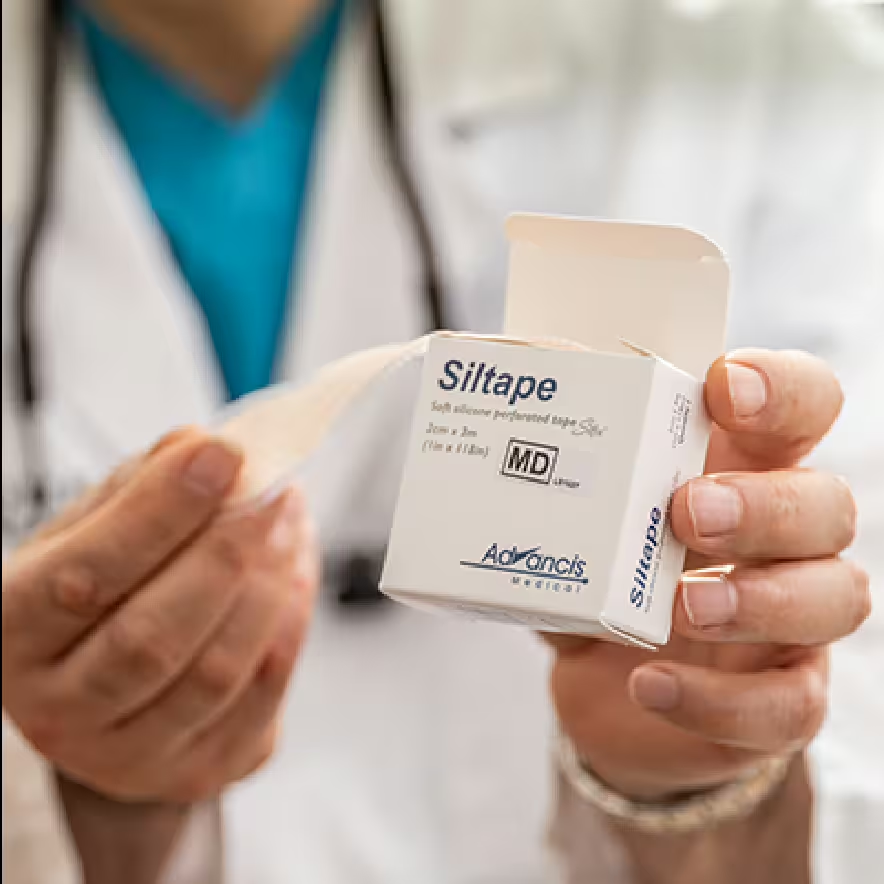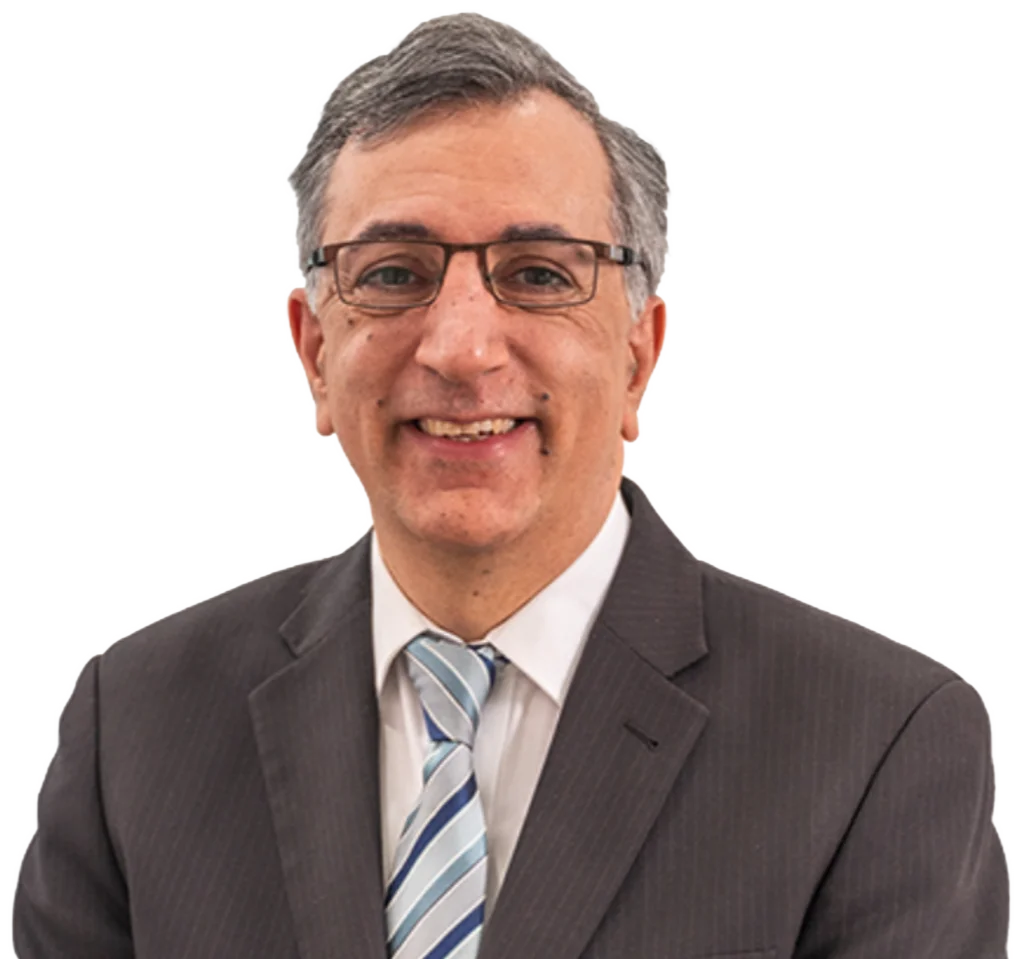Explore how we can help you
Patients will need to wear a splint at night for up to three months and have hand therapy to help with their hand function, and prevent recurrence.
Dupuytren’s disease is thickening and eventual contracture of the tissue just under the skin of the palm or fingers which progressively prevents the patient from straightening their fingers. It is called the curse of the Vikings, as wherever the Vikings conquered and spread their genes, their descendants are more prone to Dupuytren’s disease! Other risk factors include diabetes, previous hand injury, working with vibrating tools and some medications (for example anti epileptics etc).
Dupuytren’s disease also has a recurrence rate, especially in patients with additional risk factors (Dupuytren’s Diathesis). At your consultation in Ethique’s Sydney or Southern Highlands rooms, Dr Safvat will discuss strategies to minimise this post-operatively.
It starts usually as small pits or lumps underneath the skin of the palm. As the disease progresses, some rope-like structures develop under the skin (cords). They eventually spread to the fingers and cause the fingers to remain bent into the palm. The little and ring fingers are most commonly affected and one or both hands can be affected to the same or different extent.
Dupuytren’s contracture is typically not painful but may be distressing to patients as it may interfere with their hand function. Progression is unpredictable. Some will have the disease for many years and not bother about it while others will develop finger contracture and functional disability early.
Dupuytren’s contracture does not affect the tendons that are deeper structures but may wrap around the nerves and the arteries and displace them. In its severe (familial) form it may affect other parts of the body such as the back of the hand and soles of the feet.
Mild Dupuytren’s contracture is usually managed by non-surgical means. These include Vitamin E cream, splinting, a steroid injection into the cords and nodules.
When the cords start to interfere with hand function it needs surgical intervention. There are different surgeries for Dupuytren’s Contracture with different success and risks. Dr Safvat will discuss these in detail with his patients beforehand at their private consultations in Ethique’s Miranda, Sydney, or Bowral rooms.
Hand surgery is one of Dr Safvat’s interests and areas of expertise. For most patients, surgical excision of the cords and release of the contractures is the most appropriate option. Sometimes a skin grafts may be needed to replace the contracted skin and prevent Dupuytren’s contracture from recurring.
The surgery is performed in an accredited Sydney hospital, under a general anaesthetic.

Explore how we can help you
The procedure is done as a day only procedure without the need to stay overnight in an accredited hospital in Sydney or The Southern highlands.
The hand and wrist are usually wrapped in a splint and bandages, and patients are discharged with a sling to elevate their hand. The dressing needs to stay dry and intact for two weeks, when Dr Safvat will remove them at the post operative appointment. Patients will need to wear a splint at night for up to three months and have hand therapy to help with their hand function, and prevent recurrence.

Patients will need to wear a splint at night for up to three months and have hand therapy to help with their hand function, and prevent recurrence.
It is best for patients to be in good general health prior to surgery. Dr Safvat also requests patients to stop smoking 3 weeks prior to the surgery.
There is no way to prevent scars completely after surgery and everyone can scar differently. However, the techniques Dr Safvat uses to suture his wounds are designed to minimise scarring. What’s more, any scarring will fade over time, especially if they are cared for correctly.
Dr Safvat will provide you with his specific protocol for scar management that will help you protect and care for your incisions in a way that will minimise scarring. Patients who have followed Dr Safvat’s protocol for scar management diligently have been very pleased with their progress in reducing and fading of scars.

Dr Safvat will provide you with his specific protocol for scar management that will help you protect and care for your incisions in a way that will minimise scarring.
Dr Safvat recommends patients that undergo Dupuytren’s Contracture Release undergo hand therapy following their surgery. Dr Safvat will go through the recovery process in detail during the consultation.
While all care and diligence is taken by Dr Safvat to minimise or avoid complications, any surgical procedure can be associated with some general complications and/or specific complications related to the surgery you are having. Choosing a Specialist Plastic Surgeon such as Dr Safvat and having your procedure done in an accredited hospital minimises risks as does using an accredited Anaesthetist. Some general surgical potential complications are:
Specific complication
Dupuytrens Contracture Release surgery has an item number and patients should get a rebate from Medicare and their health fund (where applicable). The hospital costs are usually covered by private health funds depending on the patient’s level and type of coverage. Alternatively, you can have the procedure done in a Private Hospital as a Self-Funded patient. Detailed information regarding costs will be provided to you after your consultation.
Renowned for his dedication to his patients, his attention to detail and impeccable outcomes, Dr Safvat's unparalleled expertise is reflected in the quality, professionalism and dedication of every member of our team.
